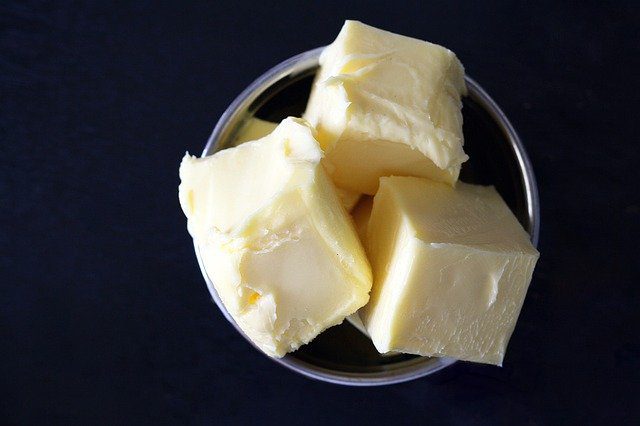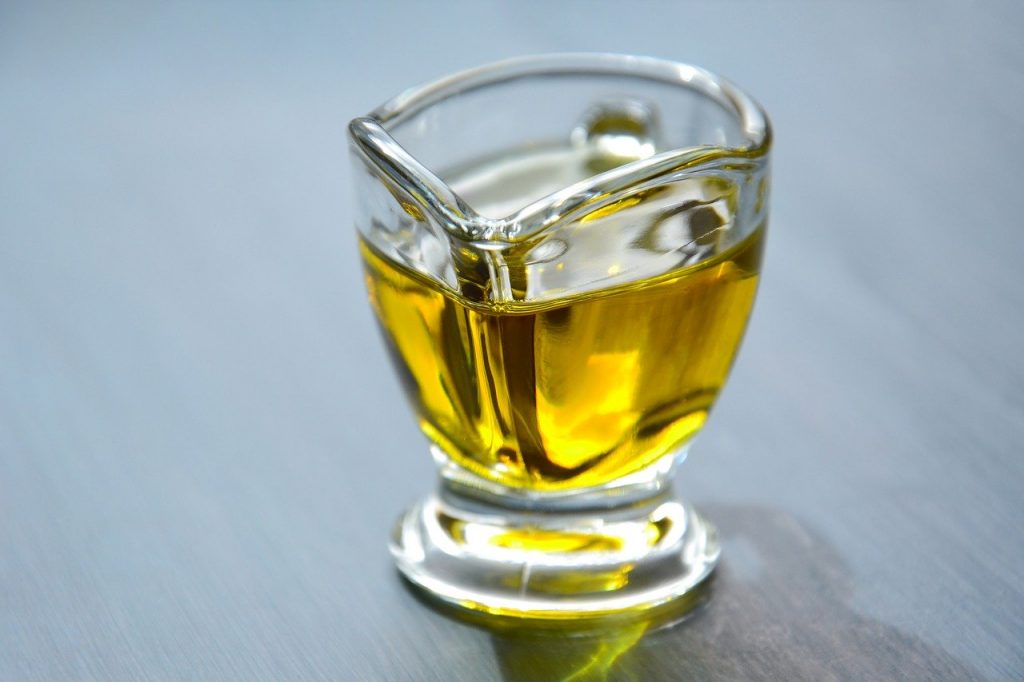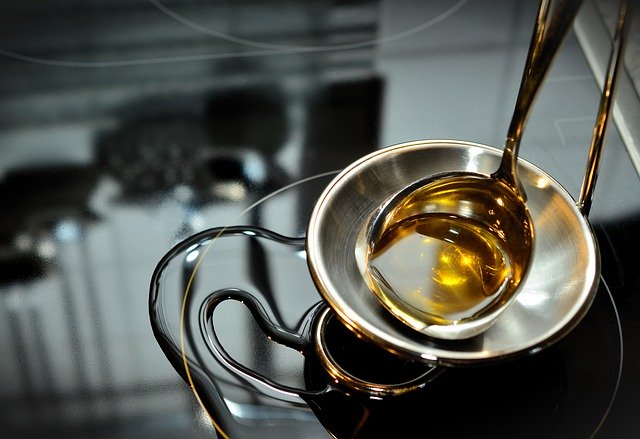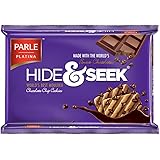TBHQ acts as an antioxidant. Due to this property, it is used in many food products to enhance their flavor or to increase their lifespan.
1. Used for preservation
INS319 is a permitted antioxidant, and is used in fats and oils to help to preserve them. Besides, they are also used for ice creams, butter, margarine, and potato chips. Instant noodles also include this food additive. But the highest concentration of this preservative exists in frozen fish products. It can be beneficial in increasing the shelf life of processed meat and frozen fishes.
2. Enhances the flavors
TBHQ helps in enhancing the flavors of the products and prevents rancidity.
3. Increase shelf life
Butylated hydroxytoluene or INS 319 helps to add shelf life to the products. In the US, it is permitted to use it to preserve fish and meat products. It acts as an antioxidant and enriches the lifespan of a frozen fish.
4. Is heat resistant
It is the only preservative that is heat resistant. As a result, it can act as a stabilizer for frying oils.
5. Prevents discoloration
Iron-based food item gets benefited with this additive. It is because it protects from discoloration.
Food Products having INS 319
They are used for ice creams, crackers, chewing gums, donuts, popcorn, butter, margarine, and potato chips. But the highest concentration of this preservative exists in frozen fish products. It can be beneficial in increasing the shelf life of processed meat and frozen fish.
When added to chips and creams, it adds taste, making them more tempting and irresistible. Most commonly used in instant noodles. All vegetarians, as well as non-vegetarians, can use this agent. Ready to eat food options such as pre made frozen foods and packaged dinners also contain TBHQ.
Personal Care Products having INS 319
INS 319 is mostly used in cosmetic products as an emulsifier.

Side Effects of using TBHQ (INS 319)
Here are some of the side effects you may face if your consumption of INS 319 raises from the acceptable limit.
1. Causes severe side effects
Long term high consumption of INS 319 may cause nausea, dermatitis, or vomiting. In some cases, it may be hazardous, leading to cancer or a collapse.
2. Pregnant women should avoid it
Pregnant women should avoid the intake of food items comprising of these additives. It might result in congenital disabilities that can stay life long.
3. Can cause allergies
Meat and fish usually contain a higher amount of this additive. It is due to their fast decaying nature. You need to ensure that its intake is not leading to any allergies or reactions on your skin. However, the permissible level for frozen fish and other fish products is 1000mg/kg as per GSFA.
What Are Synthetic Oxidants? How Do They Work?
INS 319 is a synthetic antioxidant, and it is crucial to learn how it works on the human body. Many people believe that such compounds are beneficial and actually, Vitamin C and Vitamin E are some of them. But, others are causing nasty effects like BHA, BHT, and TBHQ.
Synthetic antioxidants are used on a wide-scale, but still, people are unaware of its effects. Hardly any people react to a single dose. But small daily intake of such additives can cause long term intolerance. Reactions like restlessness, mood swings, depression, and concentration problems are some side effects. They might not occur immediately but can develop as a long term side effect on your mind and body.
It is important to identify the products INS 319 is used in, which will help to restrict its use. Peep into your refrigerator and pantry and you will find it in regular kitchen ingredients like mayonnaise, dips, salad dressing, cooking oil or margarine. Many cosmetic items also contain this additive.
Frequently Asked Questions
Here we have answered a few interesting FAQs about INS 319.
1. What is the acceptable limit of INS 319 ?
It is approved by the Food and drug administration (FDA). Permitted antioxidant 319 doses of 5g may prove fatal. Hence, it is vital to check the label for determining the milligrams of this food additive. Check the amount present in specially processed food.
The acceptable intake is not more than 0.02 mg/kg of body weight.
2. How To Store INS 319?
TBHQ comprises various oxidizing agents like chlorine, fluorine, and hydrogen peroxide. It would help if you stored it in a cool and dry place. There should not be any moisture near the area where you store it.
You can increase the shelf life of your products by adding this food additive. When stored in the correct atmosphere, it can last up to around three years.
3. Is TBHQ gluten free?
Yes, TBHQ is gluten free. It is made from hydroquinone (by chemical synthesis) so it is suitable for vegetarians and does not contain gluten.
Final Words
Before buying any frozen fish product or processed foods, take a peep at the label. It will help you in understanding the amount of INS 319 used in it and also its concentration. It can prevent you from its side effects while enjoying your favorite packed foods. Don’t ever use the item after the expiry date, or else it is hazardous to you. Staying wise can help you to please your taste buds without any harm.
Anything in a small amount can never be dangerous. But, restricting processed foods and oils can always be a good move!









